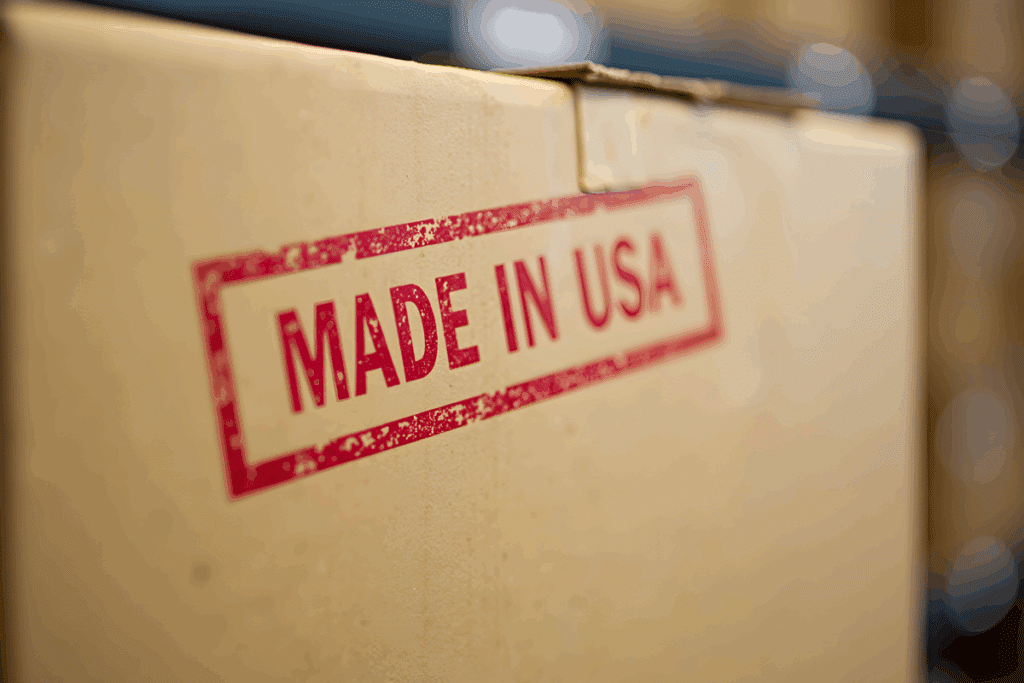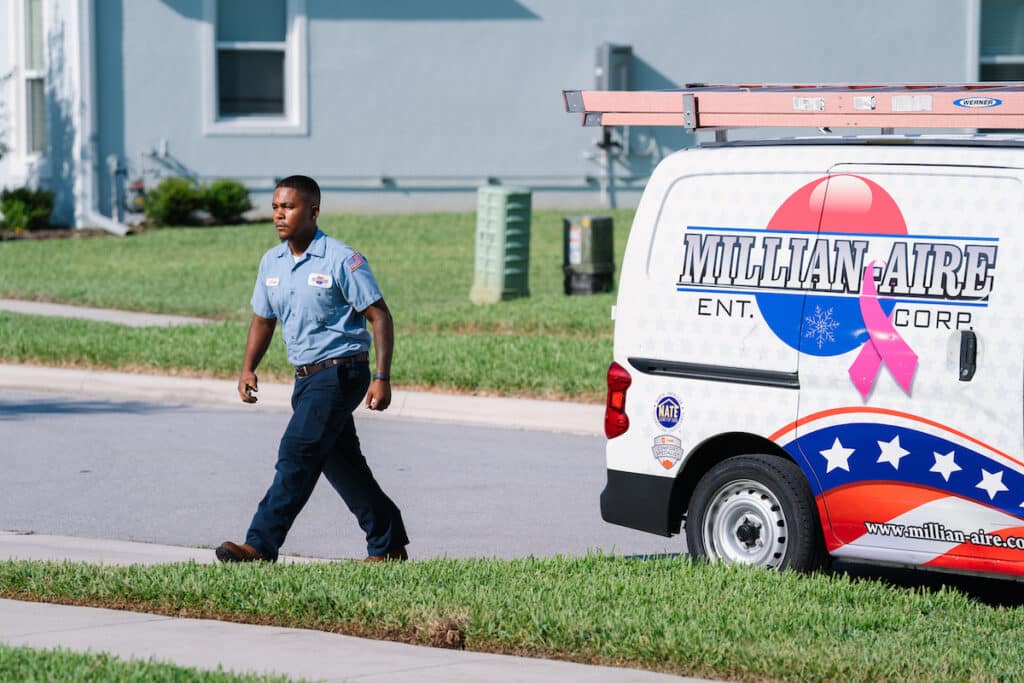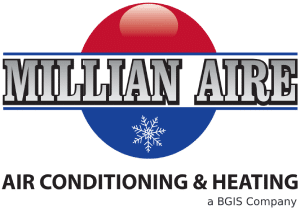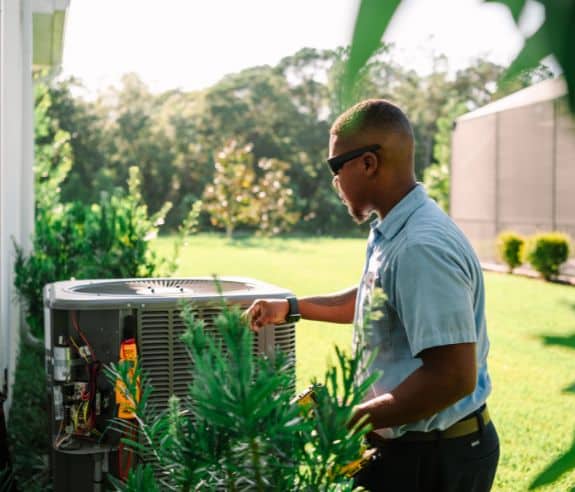
The HVAC industry is entering a challenging period marked by significant price increases, driven largely by global economic shifts, tariff adjustments, and ongoing supply chain disruptions. Homeowners and business owners alike face imminent financial implications as these factors come together, driving up the costs of heating, ventilation, and air conditioning systems across the board.
To help you navigate these changes, Millian Aire Air Conditioning & Heating is committed to providing clarity and actionable solutions. Here, we’ll explain the driving forces behind these price increases, what this means for consumers, and why taking action now could save you substantial money in the long term.
Why HVAC Prices Are Increasing
Tariffs on Key Metals: Copper, Steel, and Aluminum
At the heart of the rising HVAC prices is the significant increase in the cost of essential raw materials, most notably copper, steel, and aluminum. These metals are integral to HVAC system manufacturing, including crucial components such as compressors, heat exchangers, and refrigerant coils.
Since the beginning of this year, copper prices have surged by 38%, driven by escalating tariffs and heightened global demand.
Similar upward trends are apparent with aluminum and steel, each impacted by new import duties and ongoing international trade tensions. These tariffs have effectively increased the production costs for manufacturers, who have little choice but to pass these added expenses onto distributors and eventually, consumers.
For instance, aluminum, essential in ductwork and outdoor HVAC unit casing, has been subject to new tariffs that significantly raise the cost of importation.
Likewise, steel tariffs impact sheet metal used widely in system fabrication. These cost increases aren’t limited to specific products or brands; they’re affecting HVAC equipment industry-wide, from residential split-systems to large commercial rooftop units.
Global Supply Chain Disruptions
In addition to tariff-induced material price hikes, the HVAC industry is still dealing with significant supply chain disruptions lingering from the pandemic and exacerbated by current geopolitical tensions.
Key HVAC components like circuit boards, refrigerants, and specialized parts have become more challenging to source reliably, causing delays and unpredictability.
When HVAC manufacturers face delays in obtaining essential components, they not only incur additional costs but also struggle to maintain inventory.
These shortages mean distributors and installers, including Millian Aire, face increased lead times, with less predictability around pricing and availability.
The combined effect of these delays and higher costs cascades through the supply chain. Contractors pay more for equipment and parts, and ultimately, consumers experience longer waits and increased prices.
With fewer components available at stable pricing, options for consumers become limited, often pushing them toward higher-cost models.
Impact on U.S.-Manufactured HVAC Equipment

Many consumers assume that HVAC systems manufactured in the U.S. might avoid these global price increases, but unfortunately, domestic production offers limited insulation from these rising costs.
Even HVAC equipment assembled domestically relies heavily on imported raw materials and specialized parts, such as compressors, computer chips, and refrigerants.
Because these components often originate overseas or use imported metals, they remain subject to global commodity pricing fluctuations and tariff impacts.
Thus, the cost pressure from international markets directly affects even those systems labeled “Made in the USA.”
In other words, domestic manufacturing can shield consumers from some import-related delays but not from global price pressures.
Companies such as Trane, Carrier, and Lennox (major HVAC manufacturers) are experiencing these cost hikes firsthand, meaning the systems you buy domestically are still impacted by global economic forces.
The Temporary Buffer: Current Inventory Levels
Although HVAC prices are rising rapidly at the manufacturer level, consumers haven’t fully felt these increases yet, primarily due to a temporary buffer in the market.
Many distributors and installers, including Millian Aire, still have stockpiles of HVAC units and parts purchased and manufactured before the most recent rounds of price hikes.
This inventory acts as a temporary shield, keeping prices artificially low for now. However, this buffer is rapidly shrinking.
Once this existing stock runs out, which industry experts expect will occur within a matter of months, the full force of these price increases will hit the market. At that point, consumers can expect dramatic increases in the cost of new HVAC systems.
What This Means for Consumers
Looking forward, homeowners and business owners need to prepare for significant increases in the cost of HVAC installations and repairs.
Based on industry forecasts and Millian Aire’s own projections, we expect the price of new HVAC systems to rise by 25% to 50% compared to current pricing.
To put this into perspective, an HVAC system that currently costs $8,000 could soon range between $10,000 to $12,000 or more, depending on the model and specific components required.
Such increases are unprecedented in recent years and represent a new baseline rather than a short-lived spike.
It’s essential to understand these are long-term, structural changes in pricing—not a temporary market fluctuation.
The combination of tariff policies, raw material shortages, and global economic conditions is likely to persist, meaning these higher prices will become the norm for the foreseeable future.
Additional Cost Factors: Repairs and Maintenance
The impact of these price increases extends beyond new system installations to repairs and maintenance as well.
Tariff-related price hikes and component shortages directly influence the cost of replacement parts such as circuit boards, refrigerants, and specialized components needed for system repairs.
Older systems, already prone to more frequent breakdowns, become increasingly expensive to maintain as replacement parts grow costlier and harder to source.
This means that homeowners who delay upgrading their systems will likely face higher cumulative repair costs over the next few years, compounding the financial burden of an aging system.
Refrigerant Transition and Environmental Regulations

Another factor influencing HVAC costs is the industry-wide transition toward more environmentally friendly refrigerants, mandated by regulatory changes aimed at reducing greenhouse gas emissions.
Older refrigerants are being phased out, leading manufacturers to redesign HVAC systems to accommodate newer, eco-friendly alternatives.
These redesigned systems often involve higher upfront costs, given the technological advancements required.
While this shift is essential from an environmental perspective, it adds yet another layer of expense to new HVAC systems. Thus, consumers looking to replace their units now face additional financial considerations alongside already rising equipment costs.
Energy Efficiency and Tax Credits
Fortunately, there is some relief available in the form of tax incentives designed to encourage the adoption of energy-efficient HVAC equipment. Federal and state governments offer tax credits to homeowners and business owners who invest in high-efficiency HVAC systems that reduce energy consumption and lower utility costs.
These credits help offset some of the increased upfront costs, making energy-efficient systems an attractive option despite higher initial investments.
Over the long term, the savings on energy bills, coupled with reduced repair costs due to the reliability of modern equipment, provide tangible financial benefits.
Why You Should Upgrade Your HVAC System Now
Given these rapidly escalating costs and lingering market uncertainties, now is the most financially strategic time for homeowners and business owners to consider upgrading or replacing aging HVAC systems.
Making the decision today can deliver substantial long-term financial advantages and peace of mind.
Here’s why:
Avoid Upcoming Steep Price Increases
Current HVAC system pricing remains temporarily stable thanks to pre-existing inventories at distributors and manufacturers. However, this stability is short-lived. When these inventories run out, likely within just a few months, the cost of new systems will significantly jump.
By replacing your HVAC system now, you lock in current pricing, protecting yourself from future increases of 25% to 50%.
Waiting even a few months could mean paying thousands more for the exact same system, or being forced into a higher-priced model due to limited availability.
Minimize Future Supply Chain Delays
Global supply chain disruptions are causing increasingly unpredictable delays, making it harder to obtain key HVAC components, especially circuit boards, refrigerants, and specialized parts.
Delaying your decision risks running into availability issues, leaving you waiting weeks or even months for the necessary equipment.
Acting now ensures you can access equipment while it’s still readily available, avoiding frustrating delays and interruptions in comfort, particularly crucial in Florida’s hot, humid climate.
Avoid Rising Repair and Maintenance Costs
Older HVAC systems require increasingly frequent repairs. As the cost of essential parts and refrigerants continues to rise due to tariffs and shortages, maintaining an aging system becomes financially burdensome.
Upgrading now will minimize these ongoing repair expenses and reduce your long-term cost of ownership.
Furthermore, modern, energy-efficient HVAC systems require less frequent maintenance and generally have lower associated repair costs, further protecting your budget.
The Value of HVAC Professionals

Navigating these complex economic and regulatory landscapes requires expert guidance. Partnering with trusted HVAC professionals like Millian Aire provides significant advantages that extend far beyond equipment installation:
Expert Guidance on System Selection
Millian Aire’s team of HVAC experts will help you choose the ideal system for your needs, considering efficiency, capacity, and budget. Professional recommendations ensure that you get the best long-term value and performance from your investment.
Navigating Regulatory Compliance and Refrigerant Changes
With the mandated transition toward environmentally friendly refrigerants, compliance is essential. Millian Aire’s experienced team ensures your new system meets all regulatory requirements, helping you avoid unexpected future costs or penalties.
Assistance in Choosing Between Repairs and Replacement
Deciding whether to repair or replace an aging HVAC system can be challenging. HVAC professionals at Millian Aire assess your system’s current condition, projected repair costs, energy efficiency, and remaining lifespan. They help you make a financially sound decision, often saving thousands of dollars over the system’s lifetime.
Commercial Impacts
Commercial HVAC installations often involve larger, more complex systems with higher upfront costs. Early action to replace or upgrade these systems is particularly beneficial in mitigating escalating expenses and avoiding operational disruptions.
Millian Aire is experienced in both residential and commercial HVAC installations and can help you navigate these market complexities effectively.
Take Advantage of Today’s Prices
With significant HVAC price increases on the horizon, now is undeniably the best time to act. By contacting Millian Aire today, you secure current pricing and gain access to expert recommendations and advantageous financing options designed to help you manage your budget effectively.
What You Should Do Now:
- Schedule your free consultation and quote immediately.
- Take advantage of available financing options to spread your investment into manageable payments.
- Lock in today’s lower prices before imminent increases occur.
Our experts are available and ready to provide clear, no-pressure information about your HVAC upgrade options and available financing plans.
Don’t wait until prices rise further. Contact Millian Aire and take control of your HVAC needs now.



